Acupressure points for prostate is a treatment option you can try if you have been suffering from enlarged prostate problems. What is an enlarged prostate problem and what are the problems faced by men suffering from the same? A person suffering from enlarged prostate mainly faces urination problems. As many as 40% of men aged over 50 years get affected by this problem. If you are troubled by this condition, by the age of 70, most men get affected. You can keep a tab on the condition by paying close attention to the symptoms such as frequent urination, especially at night. The symptoms progressively worsen, leading to urinary retention or having trouble urinating. Check out some of the symptoms here.
Prostate Enlargement Symptoms
Some men suffer from symptoms such as pain in the bladder or feel a burning sensation while urinating and you also see blood in the urine. Men who are suffering from prostate conditions may have the following symptoms,
• An erratic urinary stream
• You have the urge of urination but cannot urinate
• You experience dribbling at the end of urinating
• You feel the urge of urinating a few times per night
• Having trouble urinating
• Having trouble emptying your bladder
• Incontinence
• Experiencing pain while urinating
• Blood in urine
• Delayed start of urinary stream
• A sudden urge of urinating
Why do you have Prostate Enlargement? The Real Causes
There is no actual known cause behind prostate enlargement. There are factors which hamper the cells of the testicles, and aging is another reason that leads to the enlargement of the prostate gland. As the number of cells proliferate, the prostate increases in size.
During the initial phases of prostate enlargement, the bladder muscles thicken and the urine is forced through the narrowed tube of the urethra. This increases the sensitivity of the bladder muscle and forces you to urinate frequently. As the prostate sizes increases and the urethra is squeezed more and more, the bladder problems increase even more.
Prostate Enlargement Treatment
The prostate enlargement treatment mainly depends upon your symptoms; rather, how bad your symptoms are. Your doctor will treat the condition according to the progression of the disease. If your condition worsens and you notice blood in your urine, you need to consult with your doctor and make it as soon as possible. When it comes to any diseases, prevention is always better than cure. So, men over 50 years of age should get their prostate gland checked annually by a doctor, even if there are no symptoms.
Any investigative procedure allows your doctor to gauge the size and consistency of the prostate. The doctor also checks on the urine for blood or other signs of infection. Your blood is then tested for kidney problems or screened for prostate cancer. After you undergo a thorough diagnosis process, you go straight towards the treatment protocol especially if the symptoms are not mild. Then you have to undergo one or more exams a year to ensure that the prostate enlargement isn’t rearing its ugly head and creating a problem. Ensure you follow some preventive tips to maintain your prostate health.
- You shouldn’t smother your urination urge and go as soon as you feel it, and remember to empty the bladder completely.
- Also, it is important to drink more water and go to a loo to urinate at regular intervals.
- Cut down your caffeinated drinks and alcohol after 6PM.
- Sip on water and not gulp a whole lot of water all at once.
- Don’t drink too much water before bedtime.
- If you are sedentary, it may worsen the condition, so try to incorporate more physical activity into your daily schedule.
- Since cold weather can worsen this condition, try to keep yourself warm.
Foods that are Detrimental to Prostate Health – Strike these off your Dietary List
Try to include as many anti-inflammatory foods as possible. As far as the foods you must eliminate are concerned, take a look at the following:
• Red Meat
Red meat causes inflammation, so you have to forgo your love for the steak as it raises the levels of arachidonic acid in your body, which raises inflammation. You must choose foods such as lean meat and fish, which help reduce the inflammation of the prostate.
-
Eggs & Poultry
A 2006 published study explored the connection between food and BPH symptoms. It is said that eating more eggs and poultry can increase BPH symptoms. So you have to avoid them as much as possible. If you must then eat, then eat the egg whites.
- Processed foods & sugar
Say no to processed stuff, read junk food and takeaways. Refined sugar increases inflammation in your system. Eliminate them from your life and you will be able to boost your prostate health.
-
Caffeine
Most of us are addicted to caffeine, but too much of anything isn’t too good. So limit the consumption of tea, coffee or fizzy drinks, this aids your prostate health. Caffeine has a diuretic effect, and it means you have to go to your loo a great many times. It is difficult for men who have an enlarged prostate to empty their bladders completely; and drinking especially late at night can irritate the bladder and increase your urge to go to the toilet.
-
Chamomile Tea
Chamomile tea is a great addition to your diet as it has anti-inflammatory properties, there is also green tea which is full of antioxidant properties. If you are too fond of caffeine, choose a caffeine-free alternative such as Bambu. Also, it is important to stay hydrated, so drink an adequate amount of water. While it is important to drink more water, it is also important not to drink copious amount of water before bedtime.
-
Spicy Foods
If you are fond of spicy foods, remember you have to draw a line somewhere. Curries, hot sauces and chili can turn your meal into gourmet heaven but aren’t too great for your prostate health. Men with enlarged prostates must steer clear of spicy foods, as they can irritate the bladder and prostate and create urinary symptoms linked to BPH.
• Dairy
A low-fat diet is a great addition to treat BPH (Benign prostatic hyperplasia) symptoms. Dairy is highly inflammatory in nature as it contains saturated fats. Reduce your dairy intake to treat the symptoms of an enlarged prostate.
-
Alcohol
Alcohol acts as an irritant to bladder and prostate and makes you urinate frequently. So, should you give it up completely? No, not exactly give up but, yes practice moderation.
Acupressure Points for Prostate – Reduce your Discomfort
Acupressure is a holistic treatment process and has been used for thousands of years in China. Acupressure follows the same principles as acupuncture and promotes relaxation and wellness to treat a particular disease. Acupressure is often referred to as acupuncture without the needles. Instead of needles, you use fingers to activate certain points in your body.
Traditional Chinese medical theory discusses certain special acupoints, or acupressure points, that lie along certain meridians in your body. It is said that energy flows via these invisible channels. The life force is known as the qi (chi). There are 12 major meridians which connect specific organs or networks of organs, forming a network communication throughout your body. There are specific acupressure points that can ease off some of the discomforts associated with an enlarged prostate.
How to Administer Pressure on the AcuPoints for Prostate Health
The best way to administer Acupressure is by applying deep, probing pressure with your fingertips or using a soft-pointed object, such as a pencil eraser. Check out some of the acupressure points here which will provide relief to prostate conditions,
1. Acupoint 13: Ren-6 & Ren-4
Locate this point one palm width below the navel. Locate the other point with similar effects just 3 thumb widths below this one.
2. Acupoint 5: SP-6
Find this point, one palm width right above the tip of your inner anklebone, on the back of the shinbone.
3. Acupoint 6: St-36
This acupressure point is one palm width below the bottom edge of the kneecap, right on the outside, there is a depression between the shinbone and your leg muscle. This is a point greatly effective in treating health issues waist down.
4. Acupoint 33: Kd-3
Find the Kd-3 points, right behind the inner anklebone, on a line that is between the crown and the tip of your heel.
5. Acupoint 28: Bl-65
Locate this acupoint on the outside of your foot. This is located to the back of the last knucklebone of the smallest toe.
Start applying the acupressure points for a few seconds and then stretch it to a few minutes to get results. Follow the dietary instructions, including lifestyle changes and activate the acupressure points to get relief from this condition.

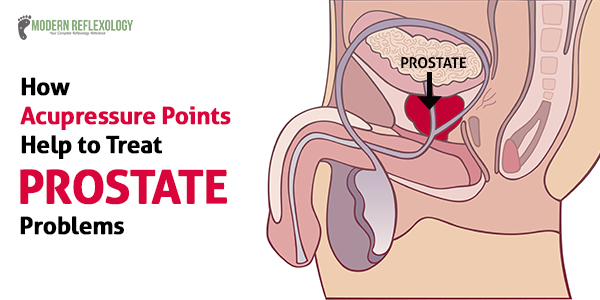
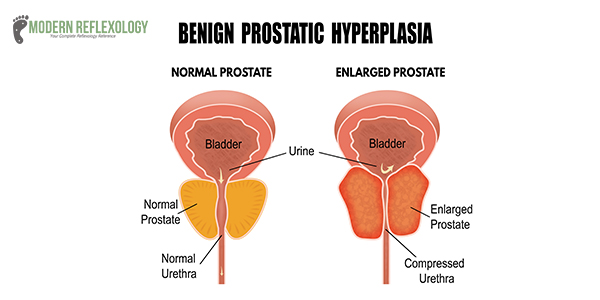
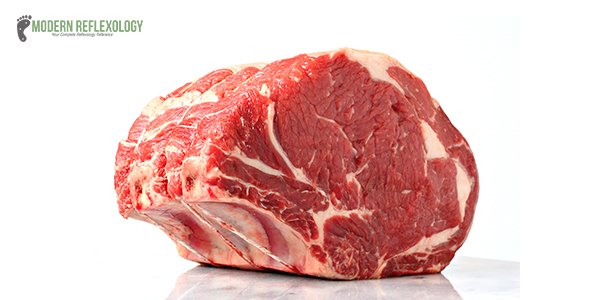
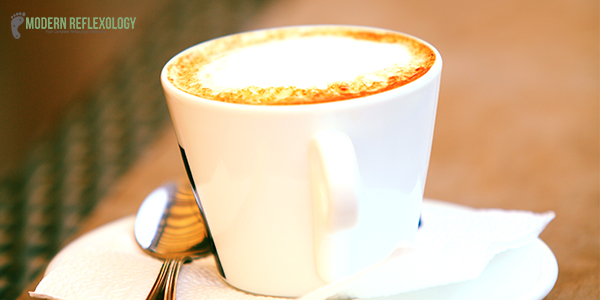
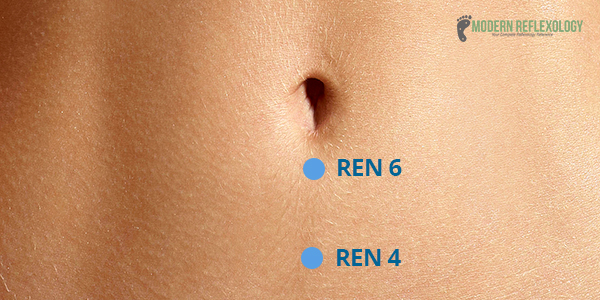
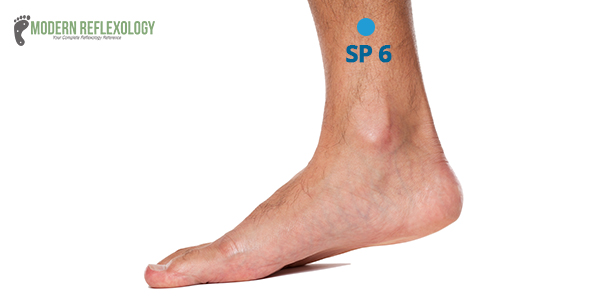
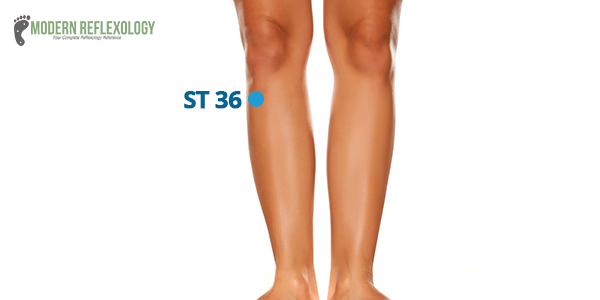
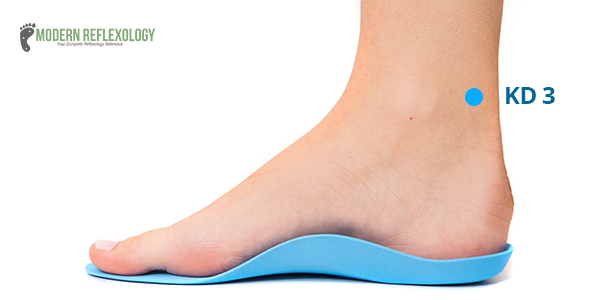
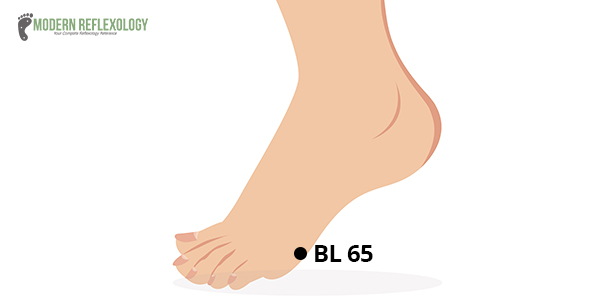
Comments are closed